Filter by

Advertising and the Transformation of Screen Cultures
Advertising has played a central role in shaping the history of modern media. While often identified with American consumerism and the rise of the 'Information Society', motion picture advertising has been part of European visual culture since the late nineteenth century. With the global spread of ad agencies, moving image advertisements became a privileged cultural form to make people experien…
- Edition
- -
- ISBN/ISSN
- -
- Collation
- -
- Series Title
- -
- Call Number
- -
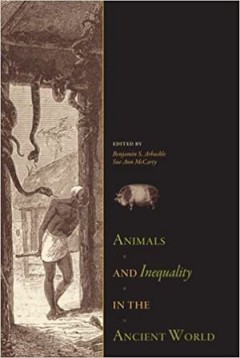
Animals and Inequality in the Ancient World
Animals and Inequality in the Ancient World explores the current trends in the social archaeology of human-animal relationships, focusing on the ways in which animals are used to structure, create, support, and even deconstruct social inequalities. The authors provide a global range of case studies from both New and Old World archaeology—royal Aztec dog burial, the monumental horse tombs of C…
- Edition
- -
- ISBN/ISSN
- -
- Collation
- -
- Series Title
- -
- Call Number
- -

Armed Batavians
This study explores the use and significance of Roman weaponry and horse gear from non-military contexts in the eastern Rhine delta – the territory of the Batavians. Using a life-cycle model for Roman soldiers, the author interprets the large quantity of 1st-century finds as personal memorabilia brought home by ex-soldiers as a reminder of their 25 years of service, symbolising their newly-ac…
- Edition
- -
- ISBN/ISSN
- 9789053562536
- Collation
- -
- Series Title
- -
- Call Number
- -
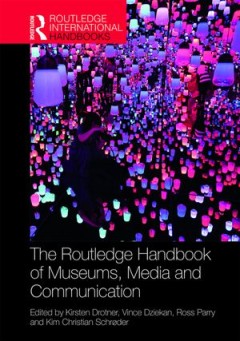
The Routledge Handbook of Museums, Media and Communication
Museums today find themselves within a mediatised society, where everyday life is conducted in a data-full and technology-rich context. In fact, museums are themselves mediatised: they present a uniquely media-centred environment, in which communicative media is a constitutive property of their organisation and of the visitor experience. The Routledge Handbook of Museums, Media and Communicatio…
- Edition
- -
- ISBN/ISSN
- 9781317197430
- Collation
- -
- Series Title
- -
- Call Number
- 930.1 ROU r
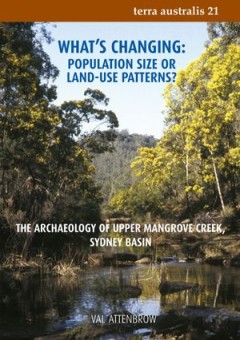
What's Changing: Population Size or Land-Use Patterns? The archaeology of Up…
The Upper Mangrove Creek catchment was an ideal locality in which to undertake field investigation into Aboriginal use of the coastal hinterland. The area, 101 square kilometres in size, is rich in sites that provided significant archaeological evidence of Aboriginal use of the coastal hinterland. The catchment became the focus of major archaeological salvage work in the late 1970s, prior to th…
- Edition
- -
- ISBN/ISSN
- 9781921313059
- Collation
- -
- Series Title
- -
- Call Number
- -
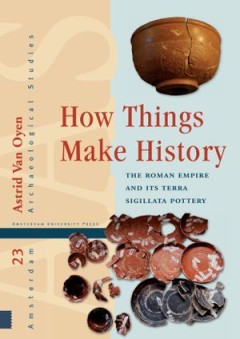
How Things Make History: The Roman Empire and its terra sigillata Pottery
Bright red terra sigillata pots dating to the first three centuries CE can be found throughout the Western Roman provinces. The pots' widespread distribution and recognisability make them key evidence in the effort to reconstruct the Roman Empire's economy and society. Drawing on recent ideas in material culture, this book asks a radically new question: what was it about the pots themselves tha…
- Edition
- -
- ISBN/ISSN
- 9789048529933
- Collation
- -
- Series Title
- -
- Call Number
- 930.1 OYE h
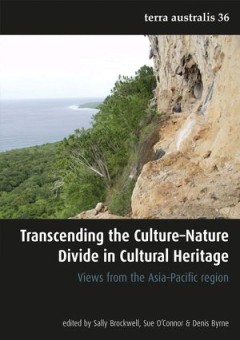
Transcending the Culture–Nature Divide in Cultural Heritage Views from the…
While considerable research and on-ground project work focuses on the interface between Indigenous/local people and nature conservation in the Asia-Pacific region, the interface between these people and cultural heritage conservation has not received the same attention. This collection brings together papers on the current mechanisms in place in the region to conserve cultural heritage values. …
- Edition
- -
- ISBN/ISSN
- 9781922144041
- Collation
- -
- Series Title
- -
- Call Number
- -
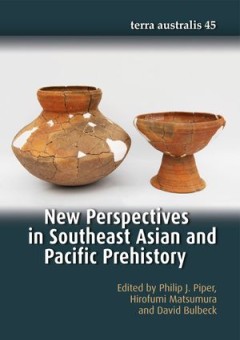
New Perspectives in Southeast Asian and Pacific Prehistory
This volume brings together a diversity of international scholars, unified in the theme of expanding scientific knowledge about humanity’s past in the Asia-Pacific region. The contents in total encompass a deep time range, concerning the origins and dispersals of anatomically modern humans, the lifestyles of Pleistocene and early Holocene Palaeolithic hunter-gatherers, the emergence of Neolit…
- Edition
- -
- ISBN/ISSN
- -
- Collation
- -
- Series Title
- -
- Call Number
- 400 NEW n
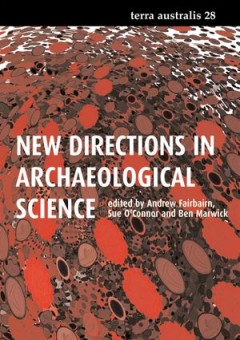
New Directions in Archaeological Science
Archaeological Science meetings will have a personality of their own depending on the focus of the host archaeological fraternity itself. The 8th Australasian Archaeometry meeting follows this pattern but underlying the regional emphasis is the continuing concern for the processes of change in the landscape that simultaneously effect and illuminate the archaeological record. These are universal…
- Edition
- -
- ISBN/ISSN
- 9781921536496
- Collation
- -
- Series Title
- -
- Call Number
- 930.1 NEW n
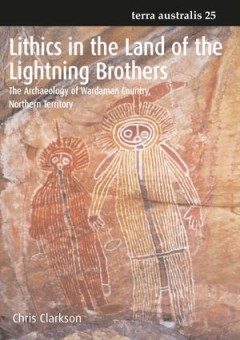
Lithics in the Land of the Lightning Brothers: The Archaeology of Wardaman Co…
Lithics in the Land of the Lightning Brothers skilfully integrates a wide range of data-raw-material procurement, tool design, reduction and curation, patterns of distribution and association-to reveal the major outlines of Wardaman prehistory. At the same time, the book firmly situates data and methods in broad theoretical context. In its regional scope and thorough technological approach, thi…
- Edition
- -
- ISBN/ISSN
- 9781921313295
- Collation
- -
- Series Title
- -
- Call Number
- 930.1 CLA a
 Computer Science, Information & General Works
Computer Science, Information & General Works  Philosophy & Psychology
Philosophy & Psychology  Religion
Religion  Social Sciences
Social Sciences  Language
Language  Pure Science
Pure Science  Applied Sciences
Applied Sciences  Art & Recreation
Art & Recreation  Literature
Literature  History & Geography
History & Geography